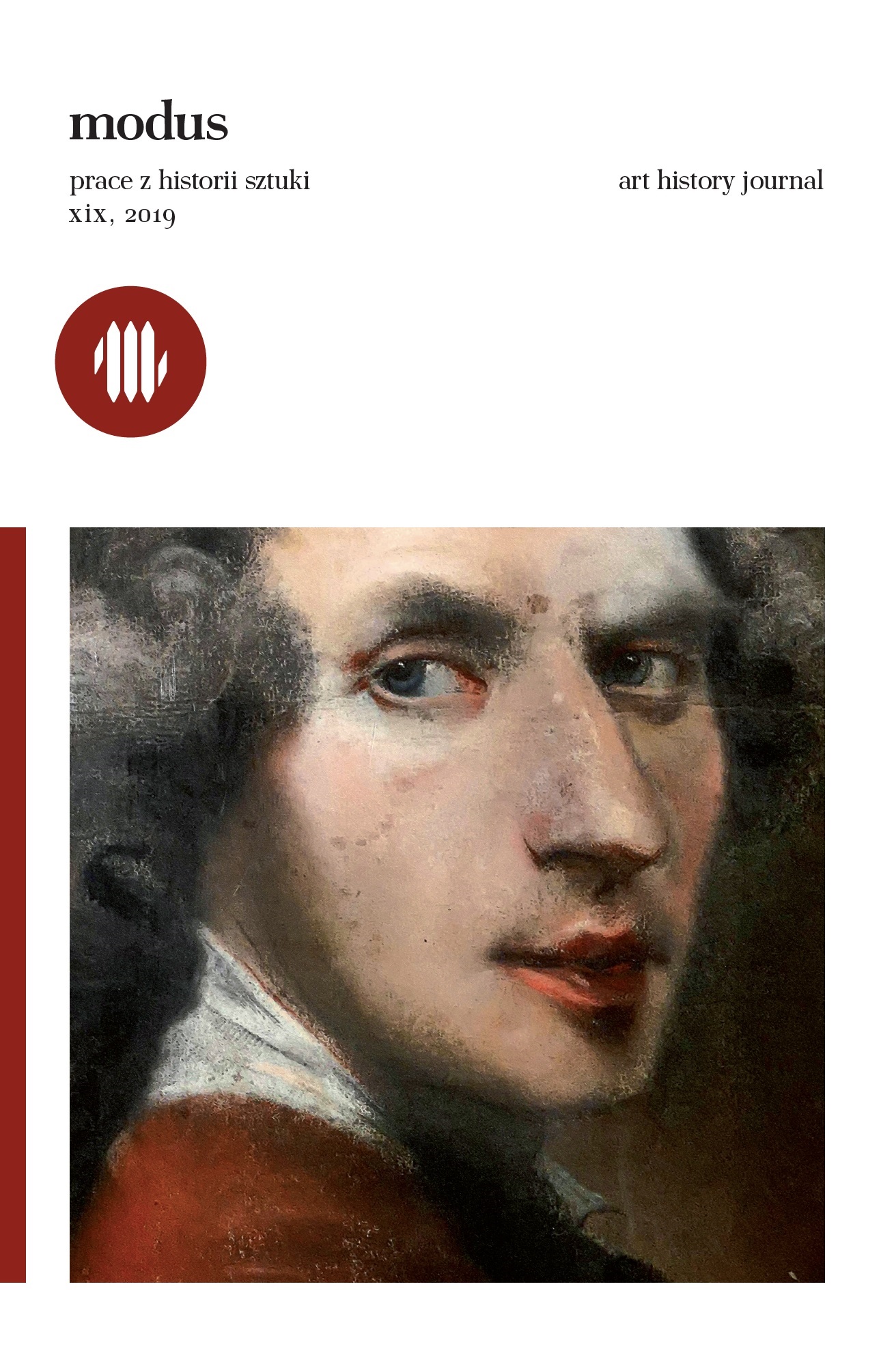Ikona tzw. kompozytowa w klasztorze Wlatadon w Salonikach - zagadnienie formuły ikonograficzno-kompozycyjnej i funkcji ideowo-dewocyjnej
The composite icon at Vlatadon monastery in Thessaloniki – its iconographic and compositional form as well as ideological and devotional function
Author(s): Dorota ZaprzalskaSubject(s): Fine Arts / Performing Arts, History of Art
Published by: Instytut Historii Sztuki Uniwersytetu Jagiellońskiego
Keywords: Wlatadon;Thessaloniki;reliquary;composite icon;
Summary/Abstract: A two-sided icon in the Vlatadon monastery in Thessaloniki, the reverse of which shows the Crucifixion (see: Figure ), is distinguished by a remarkable feature – a small icon of Christ between the archangels, and the Virgin with Child surrounded by the archangel and John the Baptist, which has been set in the centre of the obverse, which depicts half-length figures of Christ Pantocrator between the archangels, the apostles Peter and Paul and the saints George, Theodore of Tyre, and Demetrius. In fact, it consists of two paintings, which is why it can be included in the rare category of images defined by the German term Einsatzbild, in which the independent panel is part of the larger composition, also acting as its frame. The occurrence of such images in Byzantine art has not attracted the attention of researchers. Sporadic appearance of this type in icon painting was noticed only by Panagiotis L. Vokotopoulos, who was the first scholar to propose the term Composite icons (Σύνθετες εικόνες) for the category.
Journal: Modus. Prace z historii sztuki
- Issue Year: 2019
- Issue No: 19
- Page Range: 5-22
- Page Count: 18
- Language: English, Polish

